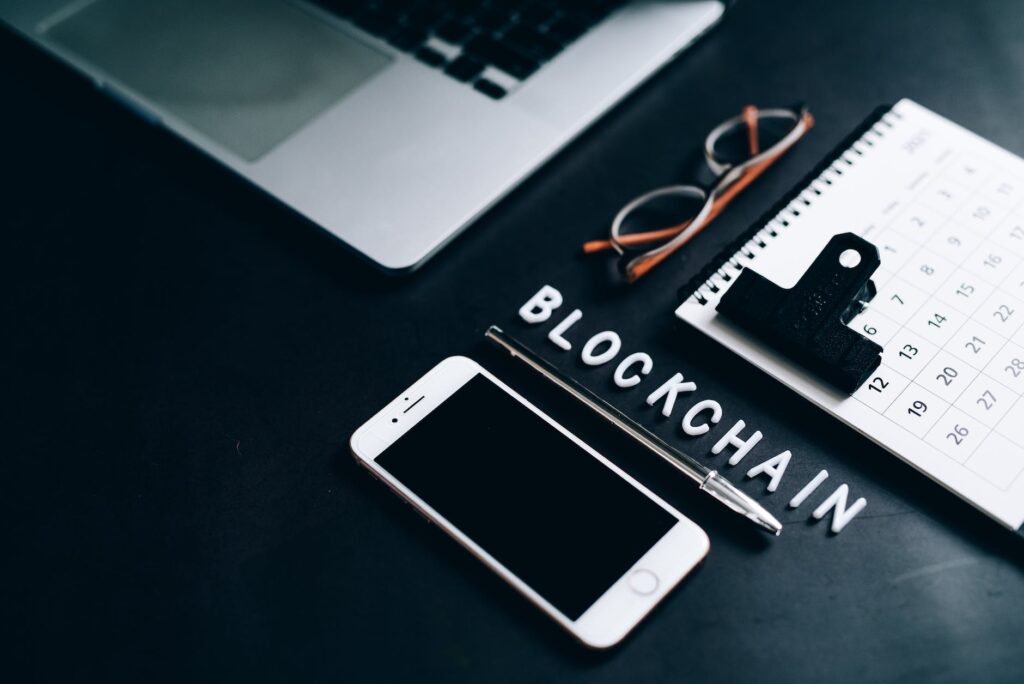Introduction
In recent years, blockchain technology has received a tremendous amount of attention; nonetheless, the concepts that underlie it can appear to be difficult and puzzling. We are going to take the time in this blog post to demystify blockchain technology and describe it in words that the average person can understand.
What exactly is the technology behind the blockchain?
Imagine blockchain as a digital ledger or a record-keeping system that keeps information in a decentralized manner while maintaining its confidentiality.
Blockchain is a distributed ledger technology that stores and verifies information without relying on a centralized authority such as a bank or government but rather on a network of computers (nodes) located all over the world.
Components Crucial to the Blockchain
Blocks
A blockchain is a distributed ledger that is made up of a succession of blocks, each of which stores a collection of transactions or information. These blocks are connected to one another in a sequential way so that they can form a chain.
Decentralization
Blockchain technology, in contrast to more conventional systems, functions in a decentralized fashion. This ensures that no single organization or individual may exert complete authority over the blockchain. Instead, a number of different participants (nodes) in the network check the validity of the information and ensure that it is accurate.
Both Transparency and Safety are Important.
The blockchain was developed to be both open and private at the same time. All of the network’s participants will be able to view a transaction or other piece of information as soon as it is posted to the blockchain and becomes a public record. Additionally, the data that is kept on the blockchain is protected from modification or tampering by highly sophisticated cryptographic methods, making it incredibly impossible to do so.
The mechanism for Reaching Consensus
Participants in the blockchain need to reach a consensus on the legitimacy of individual transactions if the ledger is to remain accurate and reliable. This agreement is reached by the use of a consensus process, in which the nodes on the network check and validate the transactions as a group before adding them to the blockchain.
The Value of Utilising Blockchain Technology
Confidence and safety
Since data is recorded in a way that is both transparent and difficult to alter, blockchain offers a high level of trust in addition to a high level of security. It does away with the necessity for middlemen, which in turn minimizes the likelihood of fraud or manipulation occurring.
Accountability and Openness to the Public
Anyone is able to check and audit transactions thanks to the open and distributed nature of blockchain technology. This increases accountability while simultaneously lowering the degree to which trust is placed in centralized bodies.
Effectiveness as well as savings on costs
Blockchain technology has the potential to reduce the need for intermediaries and eliminate the requirement for manual documentation, thereby streamlining business procedures. This results in higher productivity, which in turn leads to possible cost savings of large magnitude.
Improved Continuity and Accuracy of Data
Once the information has been added to a blockchain, it is extremely difficult, if not impossible, to change or remove it. This maintains the data’s integrity and immutability, which can be useful for applications such as record keeping, monitoring provenance, and management of supply chains.
Financial Inclusion
People who do not have access to the conventional banking system may one day benefit from the availability of financial services made possible by blockchain technology. The unbanked population will have access to opportunities as a result of its ability to conduct transactions in a secure and cost-effective manner.
Examples of How Blockchain Technology Can Be Used
Blockchain technology is being put to use for things other than cryptocurrencies like Bitcoin. The following are some notable applications:
Cryptocurrencies and Digital Assets
Blockchain is the technology that underpins cryptocurrencies and makes it possible for digital transactions to take place in a safe yet decentralized manner.
Management of the Supply Chain
Blockchain technology has the potential to improve supply chain transparency and traceability, hence confirming the items’ legitimacy and place of origin.
Intelligent Contracts
The execution of self-executing contracts, often known as smart contracts, can be facilitated by blockchain technology. Because these contracts automatically enforce the terms and conditions that have been agreed upon, the necessity for middlemen is significantly reduced.
Documents Relating to Healthcare
Blockchain technology makes it possible to safely store and exchange medical records, protecting patients’ confidentiality while also facilitating unhindered access to healthcare practitioners.
Conclusion
The storage, verification, and exchange of information are all undergoing profound changes as a result of the implementation of blockchain technology.
Transparency, security, and efficiency are all enhanced, whereas traditional centralized methods are challenged by this innovation.
If you have a rudimentary understanding of blockchain, you will have a better appreciation for its potential to disrupt many different businesses and provide individuals with a higher degree of control over the data they generate and the transactions they conduct.
- AGE CALCULATOR - July 21, 2024
- PAY YOUR CAR LOAN WITHOUT INTEREST – USE THIS TRICK - July 21, 2024
- Mutual funds returns calculator - January 2, 2024

